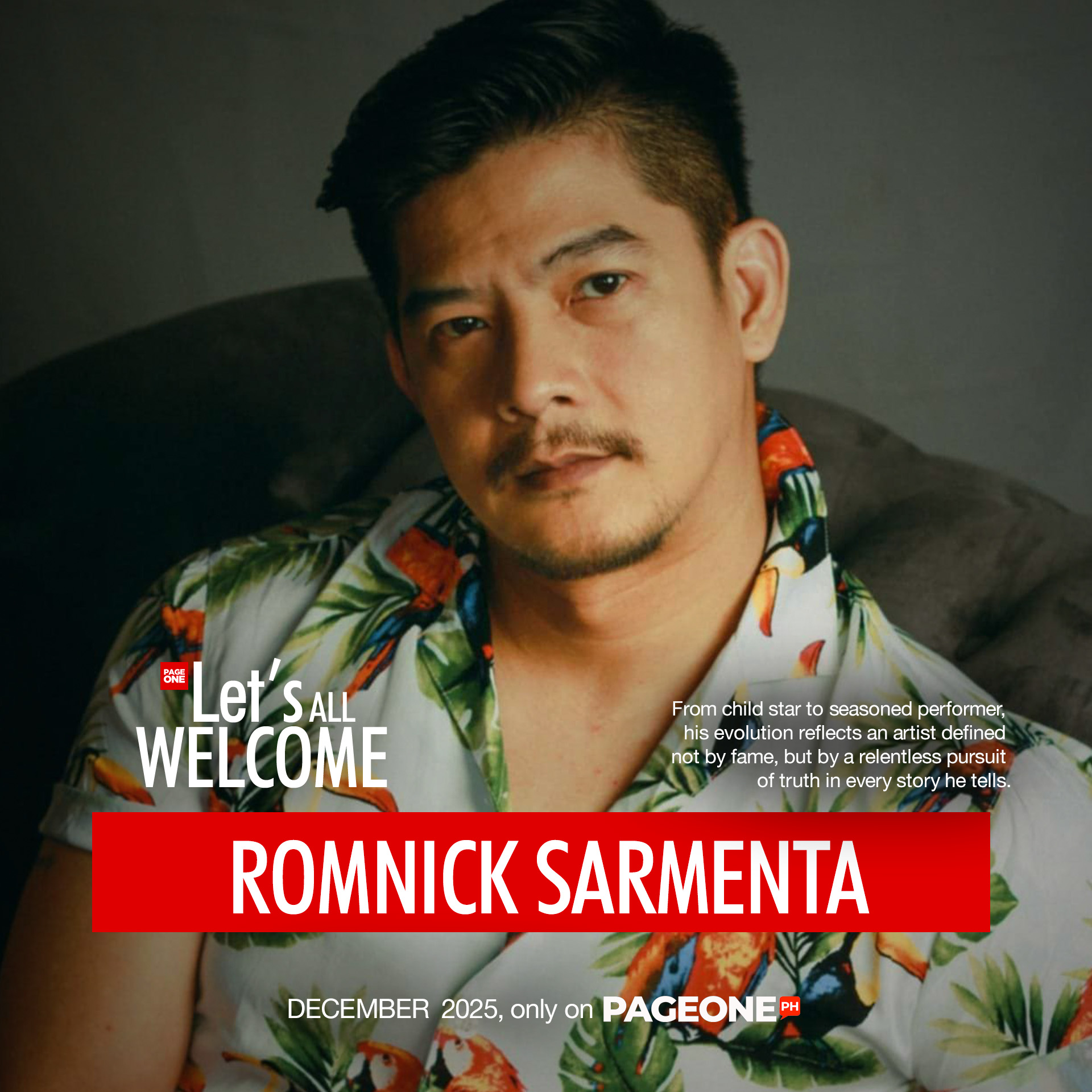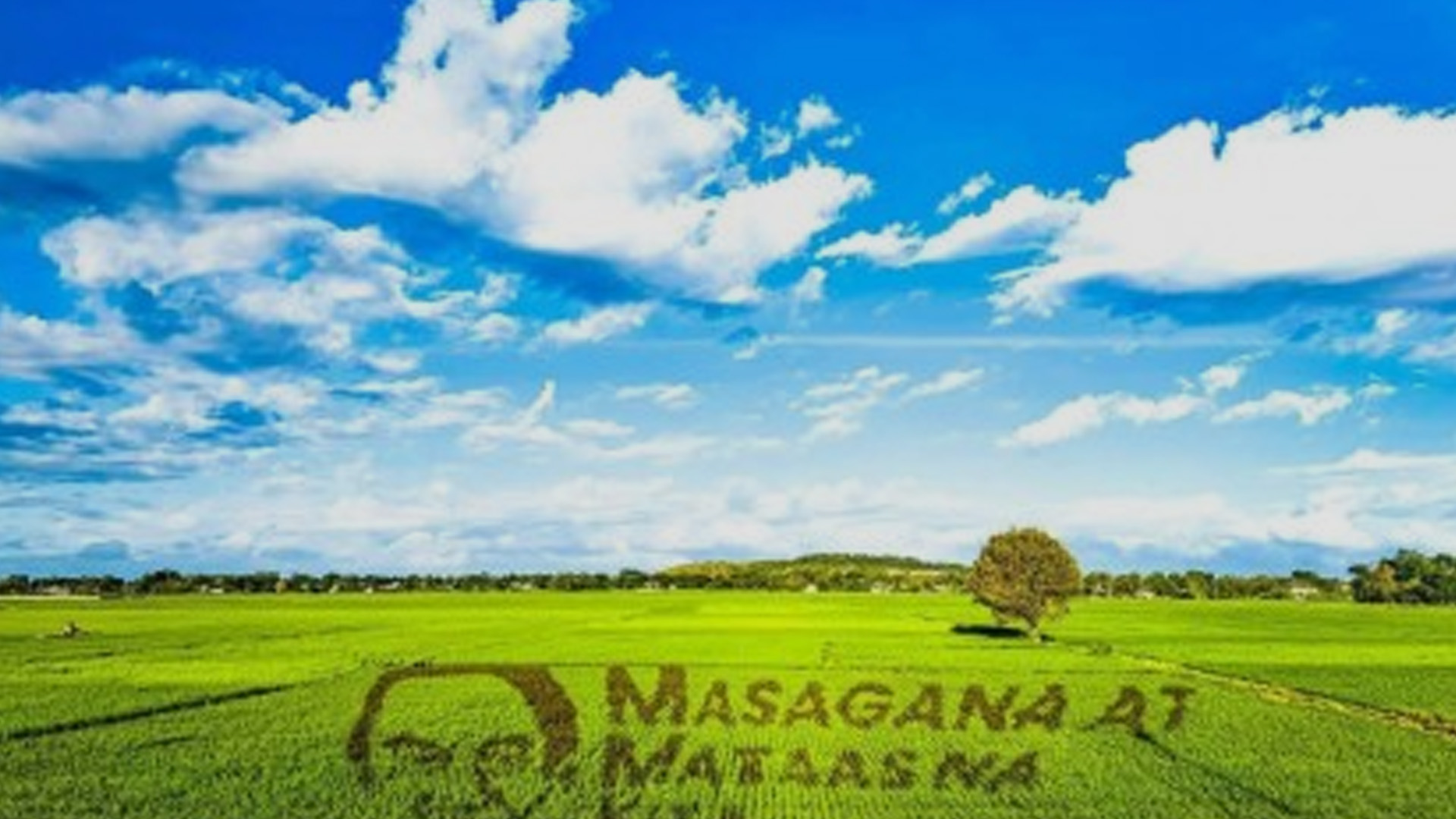Farm tourism sites are being developed in this city in partnership with farmers’ associations to make visitors stay longer, an official said on Tuesday.
In an interview, city agriculturist Sheila Opelac said aside from tourism purposes, which generate livelihood for locals, the sites are also being developed to provide more opportunities for farmers to increase their income.
“Farming is an art and a business,” Opelac said. “We take pride in these projects to improve the way of life of our farmers.”
At the Todomax flower farm and vegetable garden launched in Barangay Sto. Domingo last December, farmers continue to generate profit from their “pick and pay” for in-season fruits and vegetables like watermelon, ampalaya, eggplant, pepper, and string beans.
Meanwhile, following the successful launching of the flower farm and vegetable garden, a rice paddy art was unveiled to the public on Tuesday to promote sustainable farming and agro-tourism.
The rice paddy art project – located in the rice farming village of Tangid just about five kilometers from the Laoag International Airport – was inspired by similar successful projects annually undertaken by the Mariano Marcos State University (MMSU) in Batac City.
It is the first rice paddy art set up in the city with the support of the city government, PhilRice and the clustered rice farmers association composed of members from six barangays: Tangid, Bengcag, Pila, Vira, Barangay 1, and Barangay 2.
The Laoag government provided the necessary inputs, such as seeds and fertilizers, to establish and maintain the project.
“This project shows Laoag City’s commitment to sustainable farming while also serving as a special attraction that combines tourism and rice production,” said Mayor Michael Marcos Keon, whose facial image was featured in the paddy art, during the launching ceremony attended by local officials and farmers associations here.
“The rice paddy art promotes local tourism, showcasing Laoag City’s focus on rice production and innovative agricultural practices.”
PhilRice-Batac director Mary Ann Baradi said the paddy art is also a way of showcasing other technologies to farmers to boost their income and reduce the cost of production.
Among these technologies include the so-called PalayCheck system, Bio-N, organic fertilizer, and the carrageenan plant growth regulator.
PhilRice provided IR 1552, a traditional purple rice variety, for the design, and NSIC RC 216, a high-yielding inbred variety, as the green background.
In creating the paddy design, the planters applied the anamorphosis principle, a technique used in 3D art that makes a picture look distorted but appears normal when viewed from a certain angle. The image was adjusted to the vantage point of the viewing area and was processed into grids to determine where to plant the rice varieties on the coordinates in the field.
The Tangid Farmers Association, represented by their president Jonathan Bumanglag, said they are thankful for the establishment of a rice paddy art, which he said serves as a reminder and inspiration for them to do better in farming. (PNA)








